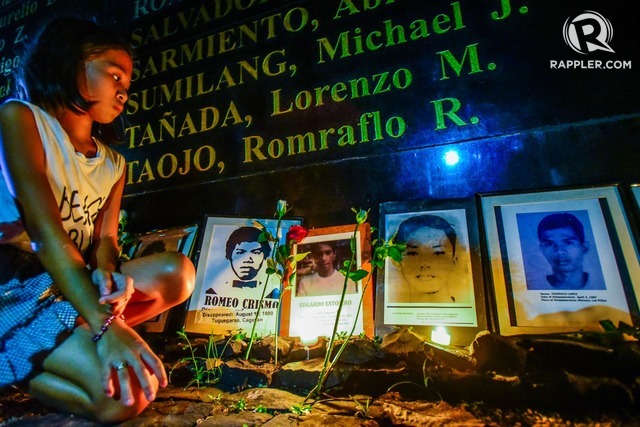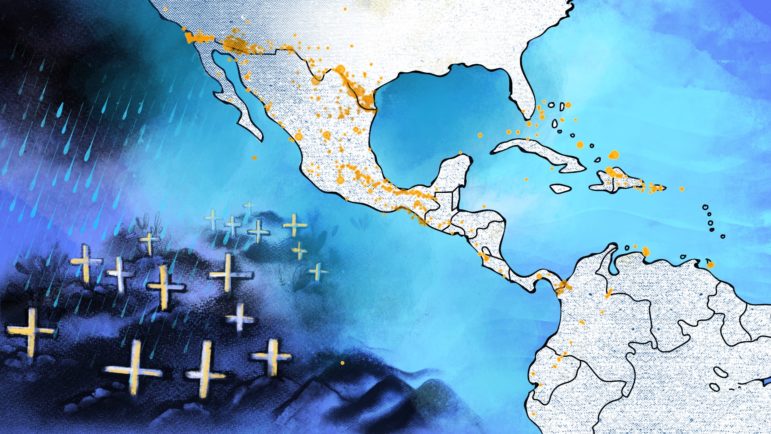
New Guide and Webinar Series: How to Report on Disappearances
Reporting of organized crime and missing people is complex and nuanced, and journalists must be both careful and deliberate in their approach. GIJN’s new guide rounds up case studies and examples of published investigations, relevant organizations to be aware of during the research stage, and tips for on-the-ground reporting.





